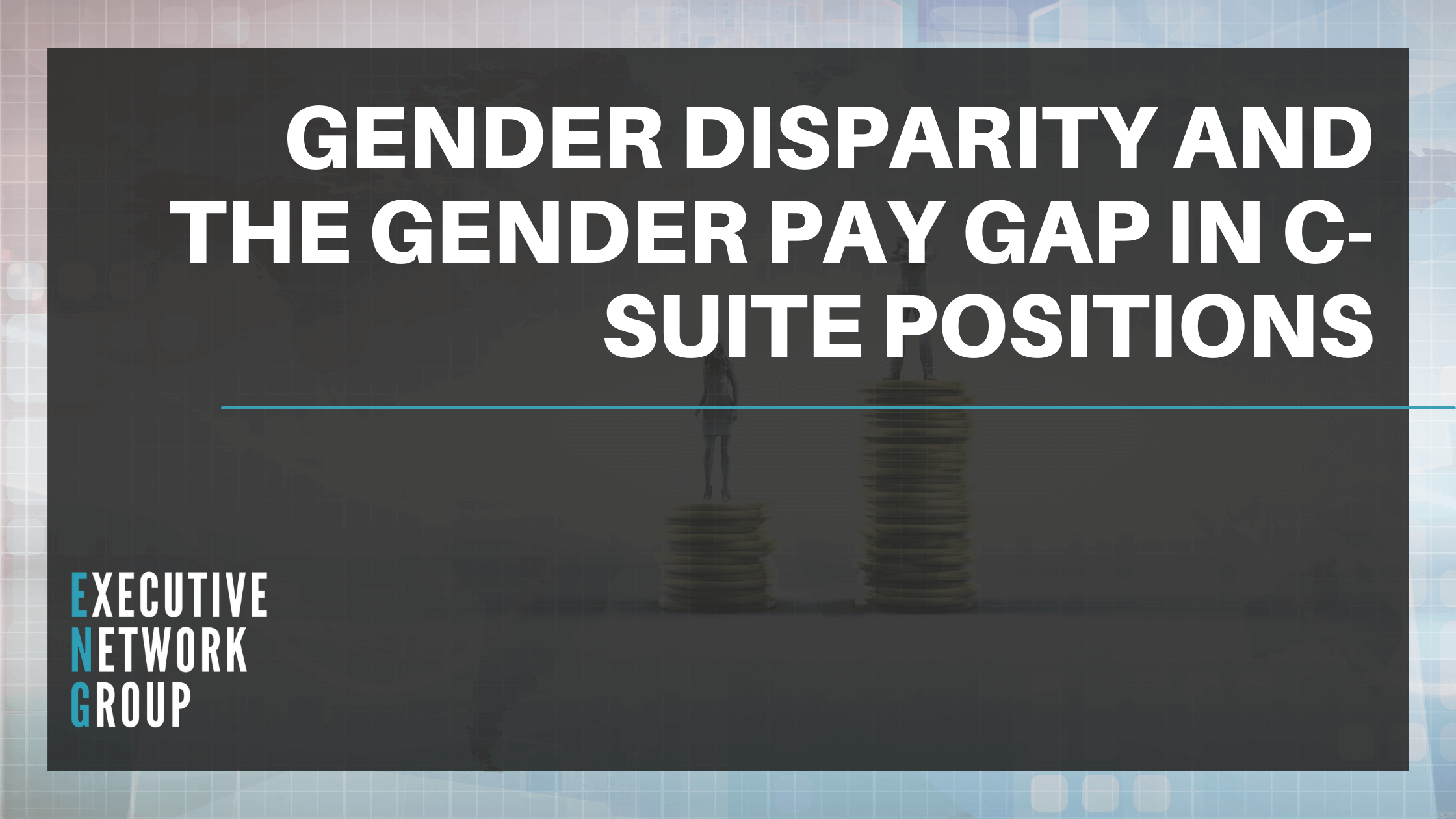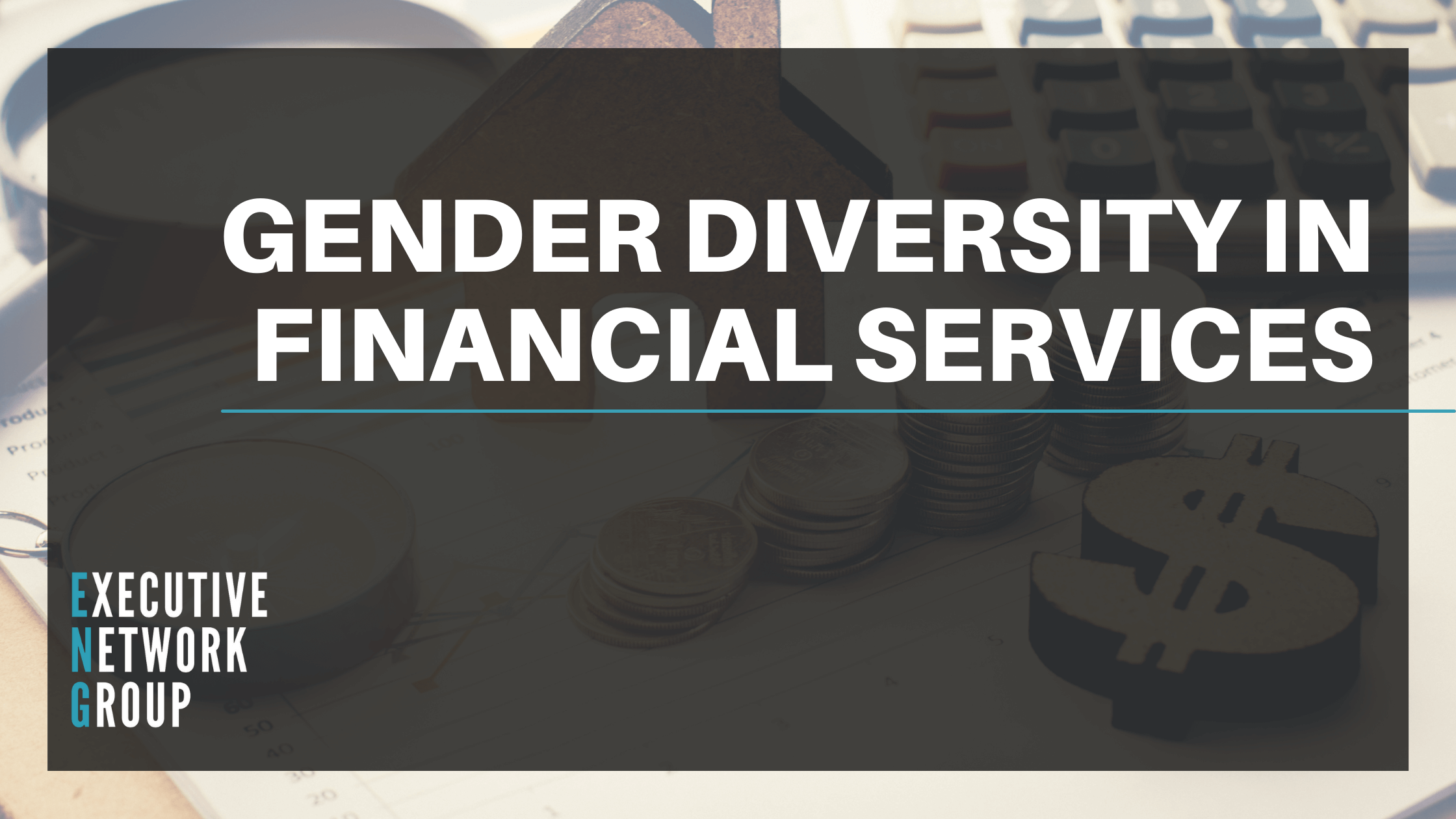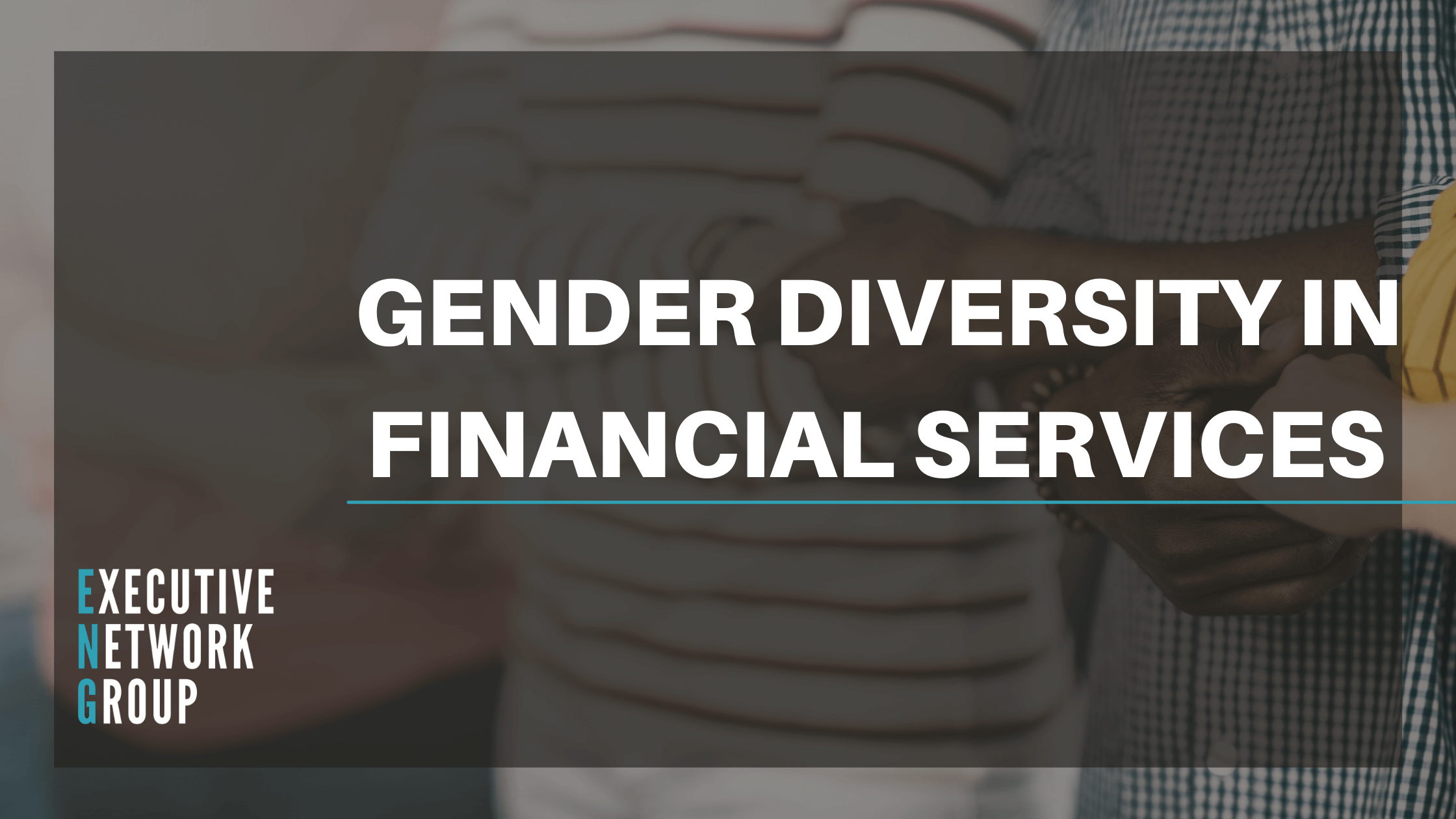Gender Disparity and the Gender Pay Gap in C-Suite Positions

In 2019 there was a gender pay gap of 17.3%, meaning that for every £100 men were paid, women were paid £82.70. (1)
In the UK, it’s illegal to pay men and women different amounts for the same work. The Equality Act of 2010 incorporates various laws that prohibit discrimination in the workplace – it almost fully supersedes the Equal Pay Act of 1970 which prohibited any less favourable treatment between men and women in terms of pay and conditions of employment. So why, 50 years later, does a gender pay gap still exist?
The simple answer – there are more men in C-suite positions than there are women.
In the FTSE Top 100, only 5 of the CEOs are women. Since 2012, the amount of female FTSE 100 CEOs has increased by only one person (from four, to five) and at the current rate, it will take more than 80 years before women achieve equality at CEO level. (2)
A 2019 report by McKinsey & Company and Lean In surveying 329 companies employing over 13 million people had interesting results. Women aren’t just underrepresented at top-tier level, it happens across the board right down to entry-level roles. Women of colour are further underrepresented with women of colour making up 4% of C-Suite executives. (3)
According to the report, for every 100 men that were promoted to manager level, only 72 women were promoted.
“Women are often hired and promoted based on past accomplishments, while men may be hired and promoted based on future potential,” the authors wrote.
The talent pipeline of women decreases continuously due to the lack of promotions for women. For each level that men are promoted more, this results in less women at that level to be promoted. (4)
More women than ever are leaving their roles due to the Covid-19 pandemic. The pressure of the pandemic is driving employees, particularly women, to leave their roles. There are several factors incorporated into these decisions but the most prominent reasons include the following; lack of flexibility at work, feeling like they need to be always available, housework and caregiving burdens due to Covid-19 and further worries about being negatively judged because of those responsibilities. Further to this, women have reported discomfort sharing their challenges with colleagues and management. Although the aforementioned factors affect employees of all genders, some groups of women experience certain challenges at higher rates, i.e. mothers are more likely to worry that their performance is being negatively judged due to their caregiving responsibilities.
Further to this, in general life but particularly as a result of the Covid-19 pandemic, women and mothers are more than three times as likely to have the bulk of the responsibility at home when it comes to childcare and housework.
Senior-level women are under higher pressure to perform than men with women often being held to higher performance standards then men and may be more likely to take culpability for failure.
(5)
In conclusion, it’s not necessarily as simple as ‘men are paid more than women’ since it’s illegal to pay men and women different amounts for doing the same job, but there are several other factors to take into account. As discussed thus far, men are more likely to be promoted to senior-level appointments, women are more likely to spend time as a caregiver and therefore may work less hours or need a more flexible working arrangement – this also means that women may be more likely to take a lower-level job in which there is more flexibility for other responsibilities.
What can companies do to encourage more women into C-Suite positions? There are several initiatives to consider, one of which could involve reverse mentoring and taking on board the needs and opinions of lower-level staff members; reflection from the board and possible structured strategies to identify future potential of women and how a woman at C-Suite level can enrich the business.
In order to bridge the gap between opportunities for men and women, data and diversity are two of the most important factors incorporated in the recruitment process. At Executive Network Group, our innovative software will ensure that your recruitment process is focussed on data, giving you accurate information about the diversity of your candidates and delivering on the things we promise. With the ENG 3D Ecosystem®, your company will benefit from a more diverse workforce at any hiring level. To find out more, click here.
- https://www.ons.gov.uk/employmentandlabourmarket/peopleinwork/earningsandworkinghours/bulletins/genderpaygapintheuk/2019
- https://www.ig.com/uk/news-and-trade-ideas/top-female-ceos-ftse-100
- https://www.businessinsider.com/why-women-almost-never-become-ceo-2016-9?r=US&IR=T
- https://wiw-report.s3.amazonaws.com/Women_in_the_Workplace_2020.pdf
- https://www.ft.com/products?location=https%3A%2F%2Fig.ft.com%2Fgender-pay-gap-UK%2F

